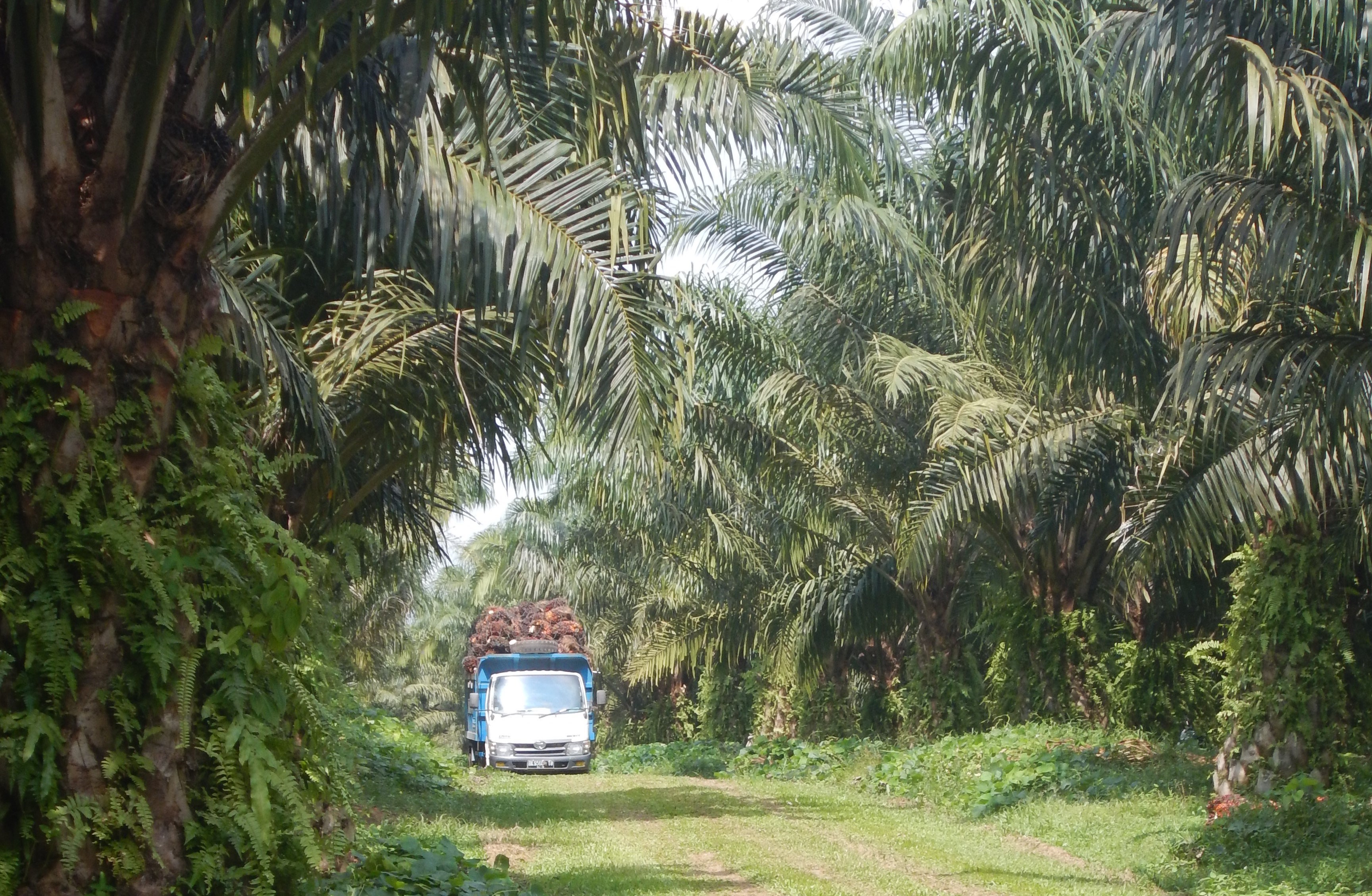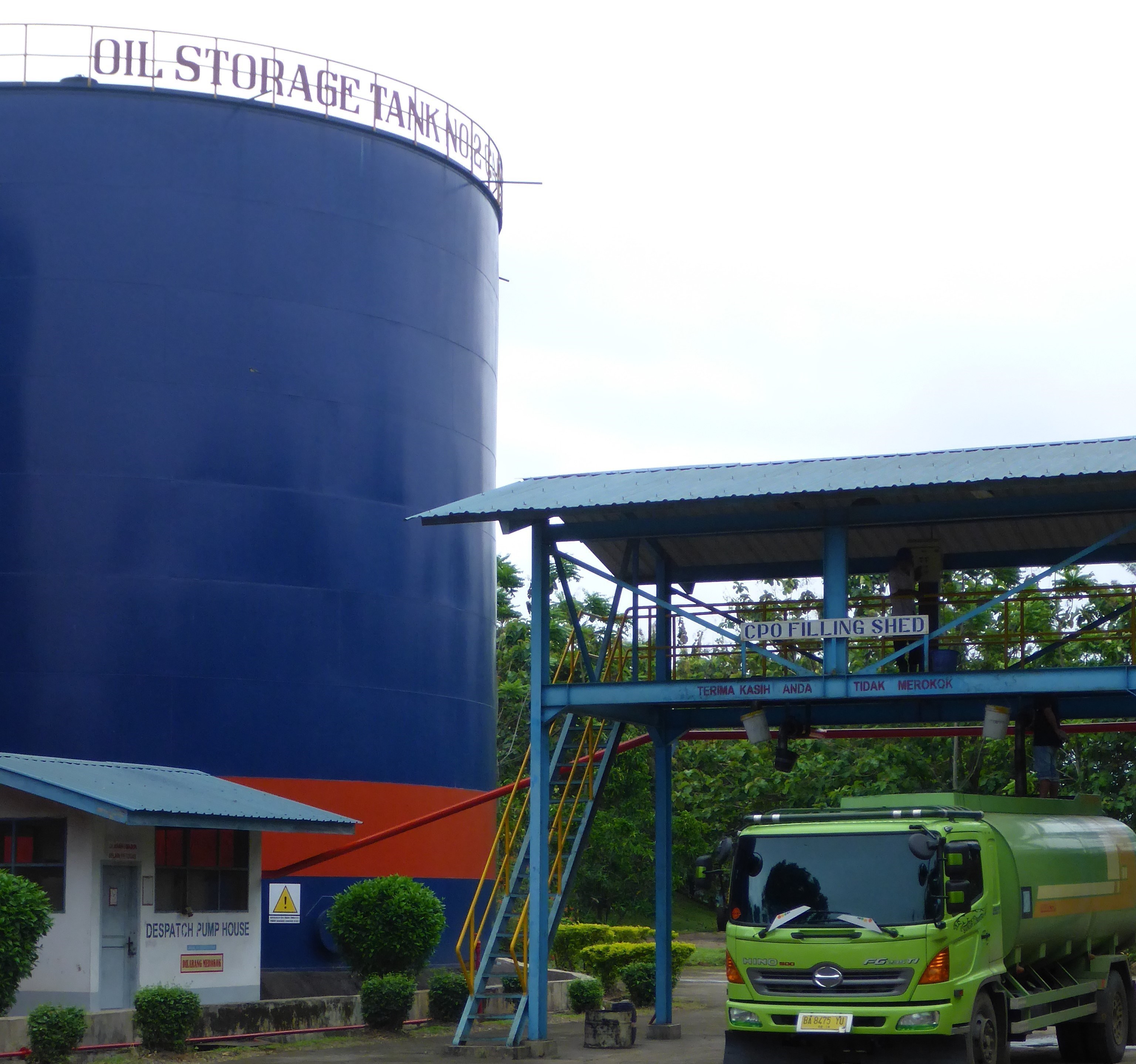SIPEF is producing and selling palm products, such as crude palm oil, palm kernels and crude palm kernel oil, as well as natural rubber, tea in bulk, green bananas, flowers and foliage. All products are 100% traceable to the source.
Palm oil


Oil palm cultivation requires specific growing conditions such as sufficient sunshine, temperatures ranging between 24 and 32°C and a rainfall pattern that is evenly spread throughout the year. For these reasons the most suitable areas for cultivation of the oil palm lie between 10° north and south of the Equator line. The economic life period of the oil palm is around 20-25 years, after an immature phase of about 2.5 years.
Palm oil has the highest oil yield per hectare and is, therefore, the most productive oil-bearing crop in the world, in terms of land use. The global average oil yield per hectare for oil palm is at least 8 times larger than for soybeans and about 6 times larger than rapeseed.
Compared to other oil seed crops the oil palm is unique as it produces 2 different oils from its fruit: palm oil from the mesocarp and palm kernel oil from the kernel.
In addition to be the most productive vegetable oil per hectare, oil palm is also a very efficient crop, as it has the highest energy output versus input ratio. In absolute terms, oil palm requires the lowest input of pesticides, fertilisers and fossil fuel per unit production of oil.
Palm oil and palm kernel oil can be refined and fractionated into, amongst others, olein, stearin and palm mid fractions for different applications.
The applications of palm oil are far ranging. In the food sector the principal uses are in cooking oils and frying fats; margarine and spreads; shortenings; confectionery and bakery fats; ice cream and coffee creamers.
In the non-food sector it is used in soap, shampoo and detergents; cosmetics; pharmaceuticals; energy generation; biodiesel and lubricants.
If the target is to feed the growing world population and to optimise the use of the shrinking availability of arable land, then it makes good sense to look at palm oil as an effective source of supply. The competitiveness of palm oil ensures that it will remain a crucial source of sustainable and renewable raw material for food, oleochemicals and biofuel industries of the future.
Palm Oil Mills
| Longitude | Latitude | RSPO certified since | ISPO certified since | ISCC certified since | Capacity | Comments | |
|---|---|---|---|---|---|---|---|
| Indonesia | t FFB/hr | Note: KCP = Kernel Crushing Plant | |||||
| Bukit Maradja Mill | 99° 14' 8,06'' E | 3° 0' 44,26'' N | 17/05/2010 | 19/07/2016 | 27/01/2011 | 30 | |
| Perlabian Mill | 100° 4' 57,19'' E | 2° 3' 40,98'' N | 17/05/2010 | 19/07/2016 | 22/11/2010 | 55 | |
| Umbul Mas Wisesa Mill | 100° 16' 13.56'' E | 2° 12' 41,7'' N | 27/03/2015 | 04/04/2017 | NA | 40 | |
| Mukomuko Mill | 101° 16' 43,21'' E | 2° 36' 3,67'' S | 22/02/2011 | 10/06/2015 | 16/07/2013 | 60 | + PT Agro Muko Tank Terminal ISCC certified since 16/07/2013 |
| Bunga Tanjung Mill | 101° 22' 14,04'' E | 2° 42' 57,87'' S | 22/02/2011 | 10/06/2015 | NA | 30 | |
| Dendymarker Mill | 102° 56' 44,28'' E | 2° 47' 45,56'' S | 27/07/2015 | 11/12/2015 | NA | 60 | |
| Papua New Guinea | |||||||
| Navo Mill | 151° 13' 27,32'' E | 5° 5' 40,17'' S | 09/04/2009 | NA | NA | 50 | KCP facility dismantled in 2017 |
| Barema Mill | 151° 7' 47,54'' E | 5° 12' 37,6'' S | 15/09/2014 | NA | NA | 45 | + KCP facilities RSPO certified since 24/07/2015 |
| Hargy Mill | 151° 0' 40,18'' E | 5° 18' 39,02'' S | 09/04/2009 | NA | NA | 45 | + KCP facilities RSPO certified since 24/07/2015 |
Note: The current certificates are available for download on the Traceability Tool Geo SIPEF